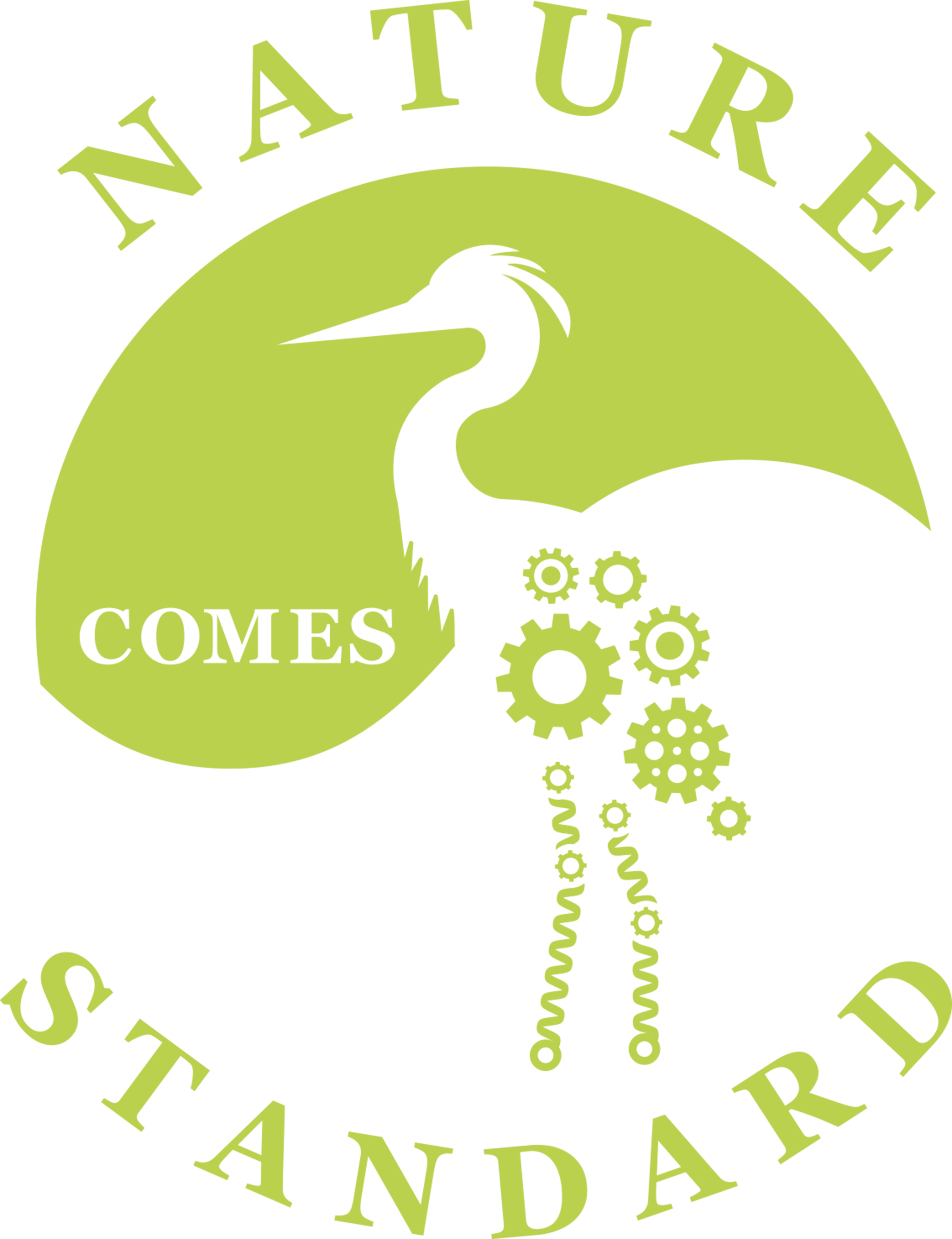Hydrodynamic Lessons from a Bird that Sprints on the Water Surface

"SLAP, SLAP, SLAP" booms across the still lake as the sound's cadence increases the frequency. In the distance, I observe a pair of white swans, necks extended, flapping their wings, and slapping their feet to gain just enough linear speed for gradual lift-off. While the Swan Lake ballet depicts the swan's graceful floating behavior, the swan's flight might be best reserved for a Jim Carey comedy. Most water birds like swans, ducks, and geese have a web-shaped foot with a large surface area for efficient propulsion and maneuvering in the water. In contrast, coots and grebes have unique foldable flaps on the side of their toes for their efficient water ballet.
The western grebe (Aechmophorus occidentalis) and Clark's grebe (Aechmophorus clarkii) can create 30-55% of its body weight in lift out of the water from the slapping of its feet - no wings required. Besides assisting in flight take-off, the grebe has a unique mating ritual called rushing. This ritual involves 'walking on water' to impress its female counterpart. Rushing is accomplished by a fast paddling motion lifting the four-pound bird out of the water for up to seven seconds at a distance of 65 ft. at almost nine mph. It is considered the largest animal able to run on water essentially.
The grebe's unique foot design and joint kinematics create the hydrodynamic lift and sustaining linear motion. It has a stride rate of up to 10 Hz. versus 4 Hz., the highest frequency of similarly sized bi-pedal organisms. The grebe foot has an asymmetrical flap along each toe that is flexible such that during a forward thrusting motion, the flap opens for an increased surface area. When the foot is pulled up just above the water surface to its pre-slap position, the grebe joints' unique kinematics moves the foot laterally instead of upward, as one might think. The grebe clenches its foot's flattened bone structure before this lateral motion and folds its asymmetrical toe flaps to reduce the drag resistance. Take a close look at the feet of the grebe in this stunning video:
"That's cool, but so what?" you might think. Converting the grebe's water-walking skill into a sustainable and hopefully regenerative design, process, or system creates a canvas of biomimetic possibilities. The most obvious example would be an impeller for a water vehicle or perhaps a new coolant pump for an electric car. Going a step further, imagine that the foot design was stationary and positioned in flowing water—voila, a new hydro-renewable energy device. Now, move the model into a different medium like air, and an efficient wind turbine blade design might evolve. What comes to mind as it applies to your industry?
References:
Clifton, Glenna T., Hedrick, Tyson L., and Biewener, Andrew A. (2015) "Western and Clark’s grebes use novel strategies for running on water”. The Journal of Experimental Biology (2015) 218, 1235-1243 doi:10.1242/jeb.118745





